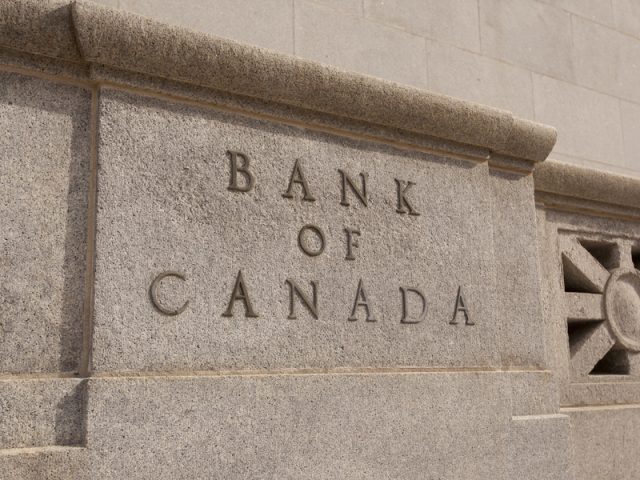
By Jamie Redman,
The Bank of Canada has announced that it will soon publish the results of its own coordinated blockchain experiment. As part of the project, the bank built a functioning blockchain prototype and fiat-backed digital token.
The Central Bank of Canada Has Tested Blockchain Protocol
 Carolyn Wilkins, the central bank’s senior deputy governor, said the bank built a new blockchain prototype to test the benefits and risks involved with using the technology.
Carolyn Wilkins, the central bank’s senior deputy governor, said the bank built a new blockchain prototype to test the benefits and risks involved with using the technology.
According to Reuters, the deputy governor said the startup R3 and Payments Canada were involved.
Last November, Wilkins had some positive words for these emerging innovations at the Rotman School of Management, University of Toronto.
Furthermore, this past summer, Wilkins confirmed that the BoC and commercial banks from the region were testing the technology. At the time, Wilkins emphasized the experimental nature of the project, and that the central bank had no plans of issuing its own cryptocurrency.
BoC to Publish Blockchain Results Soon

Reuters had access to a slide presentation of the bank’s experiment. According to the news outlet, the bank used a collateral of fiat behind the digital currency. As a result, the digital money can be interchangeable with Canadian legal tender at any time.
At an event with the Ontario Securities Commission Wilkins told attendees, “It’s been a very useful exercise, and we’ll be publishing the results sometime in the next few months.”
However, the deputy governor noted that Canadian legal tender is the foundation of the central bank’s monetary policy. Wilkins did say that e-money was of interest to the bank and it could give the organization certain abilities over short-term interest rates. Furthermore, the deputy governor didn’t think bitcoin was well suited for monetary policy, stating:
What we saw with bitcoin and others is really it turned out to be still more of a commodity rather than a money itself. As a fundamental means of transacting for people in this room, it’s just not there.
Legacy Banking Institutions Primarily Focused On Permissioned Digital Ledgers
From the central bank’s statements, it seems a permissioned ledger would be a better fit for the institution. Many financial institutions are testing centralized federated blockchains with companies such as Ripple, R3, and Hyperledger.
For instance, R3 trialed two prototypes in August with fifteen legacy banks. These banks included Wells Fargo, Barclays, BBVA, BNP Paribas and more.
It’s no surprise that central banks do not see eye to eye with what Bitcoin has to offer, opting for private solutions that give them more control over their respective blockchain networks.
The Bank of Canada is the next central bank in line researching and developing with distributed ledger frameworks. Other organizations, such as the People’s Bank of China and the US Federal Reserve, have also shown keen interest in this technology.
